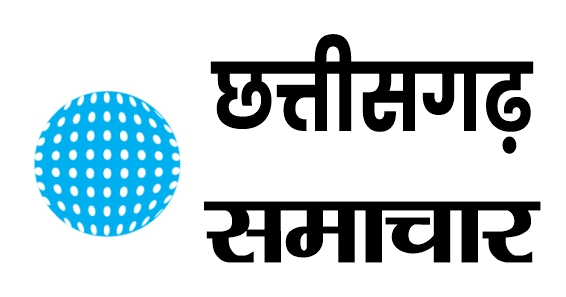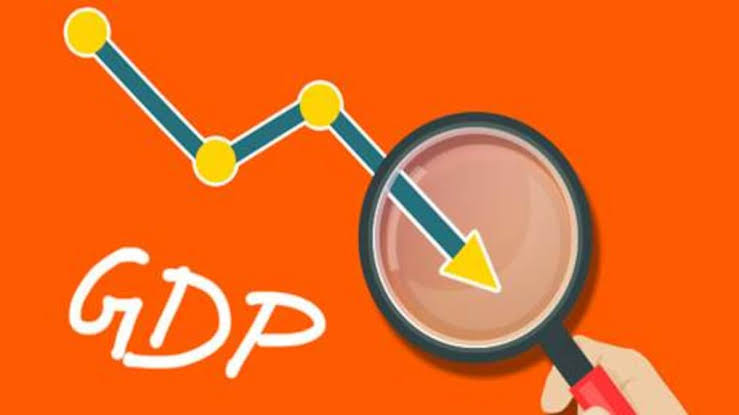As per the recent released data for the first quarter (April to June) of the financial year 2020-21 by the National Statistical Office (NSO), GDP slipped by a sharp 23.9%. NSO comes under the Ministry of Statistics and Programme Implementation (MoSPI). The data is vital as it provides the first benchmark on the state of India’s economy after the pandemic. The June quarter GDP data is the worst contraction in the history of the Indian economy since Independence. According to the economists surveyed by Bloomberg, India’s GDP is estimated to have declined 18 per cent in the quarter ended June. India’s decline is the worst among the world’s top economies. The United States economy slipped by 9.5% in the same quarter and Japan’s economy by 7.6%.
Data released by the Indian government shows the extent of the collapse in GDP in the three months ending in June, with the construction, manufacturing and transport industries among the hardest hit. The figures reflect the onset of India’s deepest recession since 1996, when the country began publishing its GDP numbers. The picture is further complicated by the fact that so many people are informally employed, working in jobs that are not covered by contracts and often fall beyond government reach. As per the economists, official numbers are bound to underestimate that part of the economy and that the full damage could even greater. An economist at ICRA, AditiNayar, said that “The strict lockdown led to a sharp contraction in activity in Q1 with job or income losses being faced by people.” Millions of workers who over the years had been drawn to the urban centres for jobs started returning home to rural areas. Also India is also failed to control the spread of coronavirus. India is now recording the world’s highest number of daily new COVID-19 positive cases. Just a few years ago, India, with a population of 1.3 billion people, was one of the world’sfastest growing large economies, clocking growth rate of 8% or more. But even before the pandemic of COVID-19, the economy had begun to slow down. The newly released data showed that consumer spending, private investment and exports has all suffered tremendously. The sector including trade, hotel and transport dipped 47%. India’s once mighty manufacturing industry shrank 39%. As per the economists the surging coronavirus cases in the country might push recovery further away and that the central bank would increasingly come under pressure for additional stimulus payments and rate cuts.
The IMF’s World Economic Outlook in the month of June had put the expected rate of decrease in India’s GDP for the financial year 2020-21 at 4.5%, while other estimates before this released by the NSO had put it in the 5% to 6% range. COVID-19 crisis is not unique in India. It is global shock that is playing havoc across the world. Therefore, to have a sense of how bad the economic impact has been, we should also compare India with other countries. India has a large informal sector that contributes about half of its GDP. The measurement of informal sector output is largely a matter of guesswork and therefore we don’t have good estimates of how badly this sector has been hit. A sharp rise in unemployment would be another indicator of the economic impact of the crisis. As per the CMIE estimates, unemployment rate peaked to above 23% in the months of April and May which is nearly three times what it was in the months of January and February. Another indicator of economic activity especially for urban and semi-urban areas is electricity consumption. Over the three months that constitute the first quarter, namely, April, May and June, the average daily drop in electricity consumption level was 24%, 13.5% and 8.2% respectively. So, the negative economic impact of the crisis has been large for India whether one looks at its own past record or the contemporary experience of other countries. The drop in GDP is in line with other macroeconomic indicators, but very likely under-estimates the impact on the informal economy where a vast majority of the population is employed which implies that the crisis has hit the poor harder.
Rajeev Ranjan @ Samacharline









